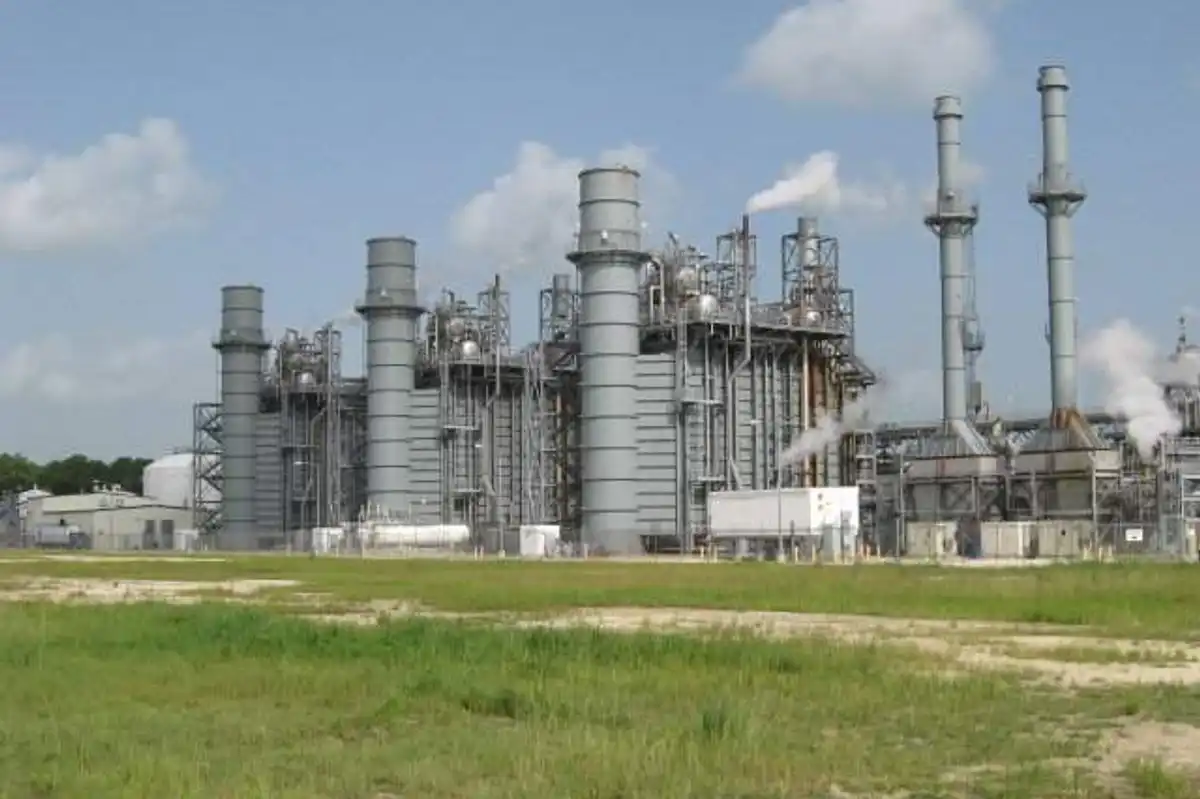A Rice economist, Peter Hartley, received the most prestigious honor awarded by the United States Association for Energy Economics earlier this month.
Known as the Adelman-Frankel Award, the honor is granted to "an individual or organization for a unique and innovative contribution to the field of energy economics," according to a statement from Rice. It was presented to Hartley for his wide-ranging work in the energy economics field on November 7 at USAEE/International Association for Energy Economics North American Conference in Chicago.
The Rice Baker Institute’s Center of Energy Studies was granted the award as an organization in 2013. Last year, two professors from the University of California, Berkeley received the award.
“I’m honored to be included among the distinguished group of economists,” Hartley says in a statement.
Hartley has worked as an energy economist for 40 years. He is the George A. Peterkin Professor of Economics at Rice and is a Rice Scholar of Energy Economics at the Baker Institute. His work focused originally on electricity but has shifted to focus on natural gas, oil, coal, nuclear and renewable energy in recent years. He's also published work on more theoretical topics, including money, banking and business cycles.
Prior to coming to Rice, Hartley served as an assistant professor of economics at Princeton University. He is originally from Australia and holds a bachelors in mathematics and masters in economics from Australian National University. He received his PhD in economics from University of Chicago.
Also at the conference, Connor Colombe, a PhD graduate student at the University of Texas at Austin, received the Best Student Paper award, according to the USAEE's LinkedIn page. The winner was granted $1,000 and received feedback from energy economists at the conference.











